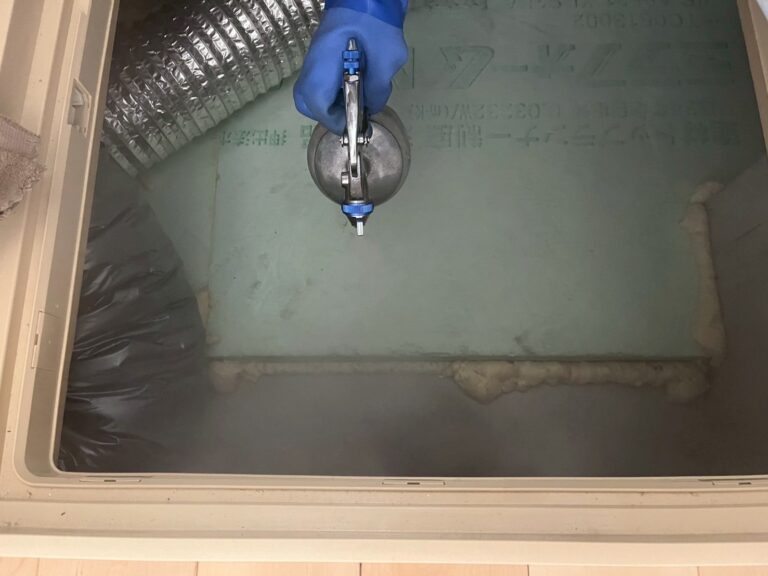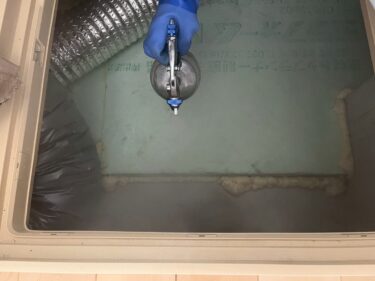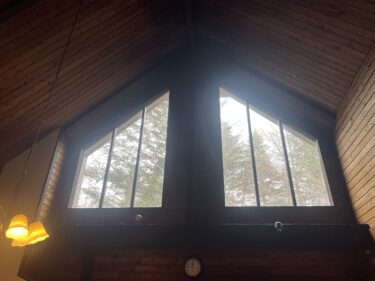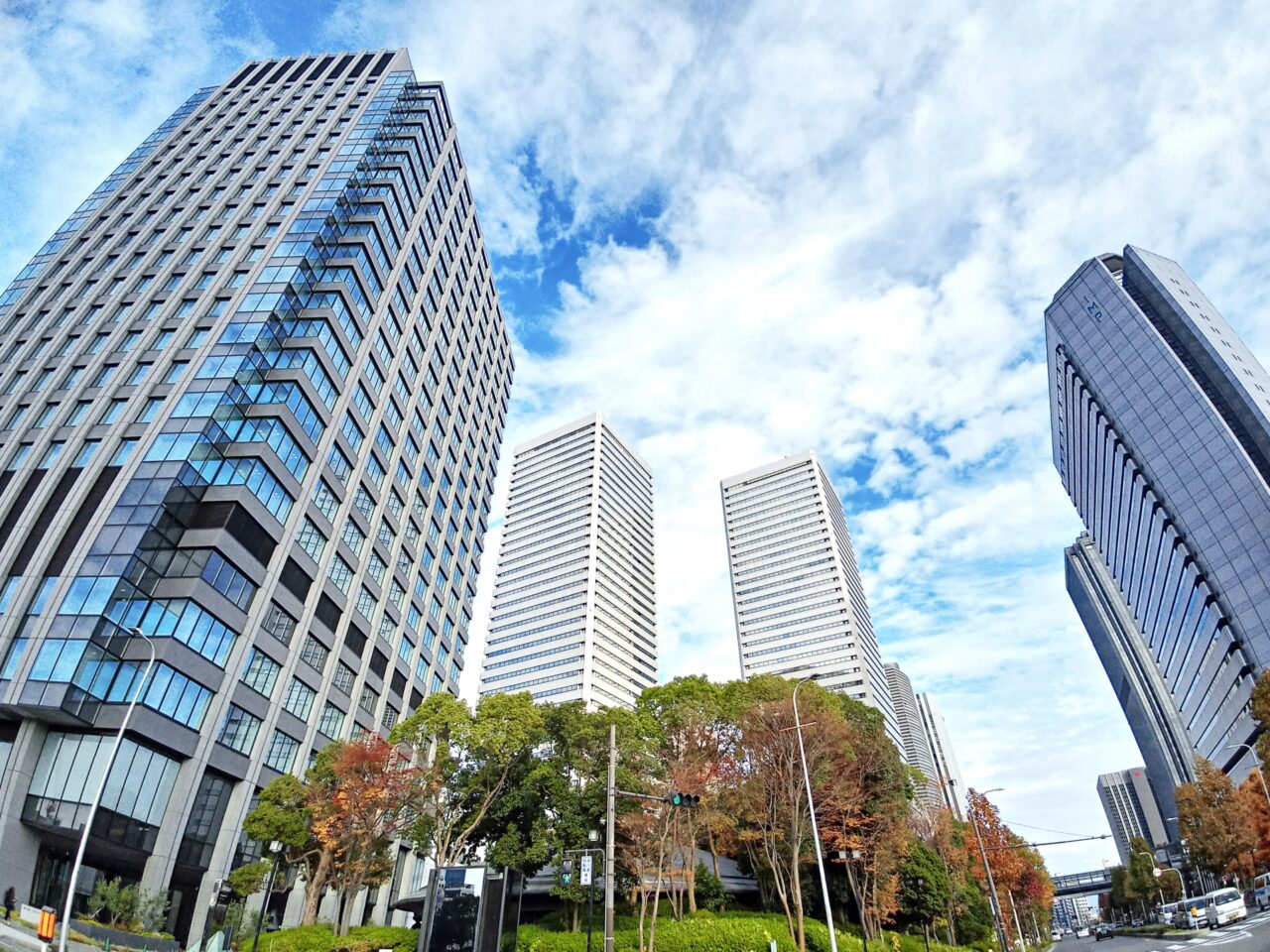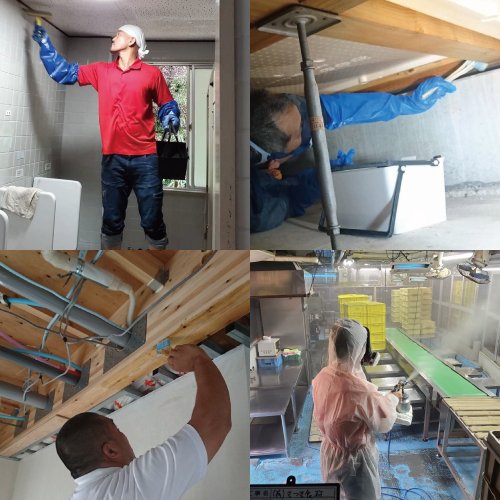Problem Statement:
In luxury homes, cases of sore throats and allergy symptoms are increasing, accompanied by a rise in complaints about mold from foreign families.
What You Will Learn from This Article:
This article provides an in-depth explanation of mold issues commonly found in luxury homes and residences in the Kansai region, how to handle complaints from foreign families, and effective mold prevention strategies.
Benefits of Reading This Article:
You will learn practical methods to prevent mold-related health hazards and maintain good relationships with foreign families residing in high-end properties.
1. The Hidden Threat of Mold in Luxury Homes and Its Health Effects
At first glance, luxury homes may appear comfortable and pristine. However, hidden within can be the serious threat of mold. Inadequate humidity control can lead to mold growth behind building materials and air conditioning systems, potentially harming the health of residents.
1-1. Structural Risks Unique to Luxury Homes
Luxury residences often utilize high-insulation, airtight designs to ensure energy efficiency and comfort. While this blocks external air and stabilizes indoor temperatures, it also reduces ventilation and traps moisture indoors. Moisture tends to accumulate in unseen areas like between exterior and interior walls, under floors, and above ceilings—ideal conditions for mold.
Additionally, equipment like floor heating and whole-house ventilation systems can increase the risk of mold. If condensation forms inside these systems, the combined presence of moisture and warmth creates an ideal environment for rapid mold proliferation. Moreover, the natural or premium wood materials frequently used in luxury homes tend to absorb moisture easily, providing nutrients that encourage mold growth.
1-2. Mold-Induced Throat Irritation and Allergic Symptoms
Mold affects health not only through visible black or white patches, but also via airborne spores. One of the earliest symptoms is throat irritation, caused by inhaled spores irritating the respiratory tract. Prolonged exposure can lead to allergic rhinitis, coughing, asthma, and skin conditions. In sealed environments like luxury homes, poor ventilation leads to higher mold spore concentrations, increasing health risks—particularly for children, seniors, and those with weakened immune systems.
2. Mold Issues Specific to the Kansai Region
In the Kansai region of Japan, known for its high humidity and long rainy season, mold is a widespread issue in residential environments. Local climate and architectural styles often exacerbate mold risks.
2-1. Kansai Climate and Residential Structure Risks
Humidity remains high year-round in Kansai, especially from the rainy season through summer. Urban areas like Osaka, Kyoto, and Kobe have densely packed housing, leading to poor sunlight and ventilation, which in turn traps indoor moisture and fosters mold growth.
Many Kansai homes are built from wood, which absorbs moisture easily. Without regular ventilation or dehumidification, mold can quickly develop. In older homes, deteriorated insulation often fails to control humidity, allowing mold to flourish behind walls or under floors.
2-2. Effective Mold Prevention Techniques in Kansai
Basic mold control in Kansai involves humidity management and ventilation. In addition to using air conditioners and dehumidifiers, installing 24-hour ventilation systems is highly effective. Kitchens and bathrooms are mold hotspots, so regular cleaning and keeping fans running are essential.
Humidity-regulating building materials such as diatomaceous earth and plaster are also recommended. These natural materials help maintain balanced indoor humidity. However, once mold has already developed, professional remediation is required.
3. Mold Complaints from Foreign Families and How to Handle Them
As more foreign families relocate to Japan, mold problems in homes are increasingly cited as a serious concern. Differences in cultural perceptions and mold management often lead to misunderstandings and complaints.
3-1. Cultural Differences in Mold Awareness
In many Western and Southeast Asian countries, home structures differ, and mold is less common. Thus, finding mold in a Japanese residence can be shocking and may be perceived as unclean or negligent.
In some cultures, tenants immediately report even minor home issues to landlords and expect compensation. In contrast, Japan often sees mold as a personal housekeeping matter. This cultural gap often leads to disputes, with foreign tenants believing that landlords are responsible.
3-2. Case Examples and Response Strategies
In one Kansai luxury residence, a foreign family filed a complaint soon after moving in, citing a strong mold odor. Investigation revealed mold growth inside air ducts and behind wallpaper, posing serious health risks.
In such cases, it is crucial to respond with sincerity, explain the situation clearly, and initiate professional mold removal immediately. Providing multilingual support, educating residents on ventilation and dehumidification, and conducting pre-inspections are all essential to maintaining trust with international tenants.
4. The Impact of Mold Odor on Foreign Residents and Prevention Measures
First impressions during home tours are vital. For foreign families, a musty smell can signal uncleanliness and health dangers, discouraging them from signing a lease.
4-1. Psychological Effects of Mold Odor
Mold odors suggest building neglect and poor maintenance. Cleanliness is paramount in many Western cultures, and a moldy smell can lead to distrust—residents may feel the home is unfit for living.
Moreover, the smell often signals airborne mold spores, which intuitively raises health concerns. This is particularly troubling for families with young children or allergy sufferers.
4-2. Effective Strategies for Eliminating Mold Odor
The root cause of odor—mold—must first be identified and removed. Since mold often hides behind walls, ceilings, and under floors, professional inspection is vital.
Afterward, installing air purifiers, deodorizers, and natural moisture absorbers (such as charcoal or diatomaceous earth) can help. Maintaining indoor humidity around 50% also helps prevent mold. Professional anti-mold treatments, such as the proprietary MIST Method® by Kabibusters, offer long-lasting odor and mold control.
5. Professional Solutions for Mold Problems
DIY mold solutions are often ineffective. To protect health and prevent recurrence, professional intervention is essential.
5-1. Importance of Hiring Specialists
Store-bought cleaners may provide temporary relief but rarely solve the root problem. Mold hidden in materials or HVAC systems often returns within weeks or months. Professional contractors use infrared cameras and moisture meters to detect mold that is not visible to the naked eye.
Experts tailor their removal methods to match the building’s materials and structure, ensuring safety and long-term results. This is especially critical in high-end homes that use delicate and expensive materials.
5-2. The MIST Method® by Kabibusters and Its Effectiveness
Kabibusters’ MIST Method® eliminates mold without damaging surfaces. This technique uses a specially developed cleaning agent that penetrates deep into materials, breaking down and killing mold at the source.
A final protective coating prevents recurrence. The chemicals used are safe for humans and pets, making them ideal for households with children or the elderly. The result is a clean, safe environment—earning strong trust from international residents.
Mold Solutions by Kabibusters Osaka and Kabitore Reform Tokyo/Nagoya
Mold is more than just a visual or olfactory issue—it poses serious health and property risks. That’s why Kabibusters Osaka and Kabitore Reform Tokyo/Nagoya, operated by Taiko Kensou Co., Ltd., offer advanced mold removal and prevention services backed by proven expertise.
Using our proprietary MIST Method®, we eliminate mold without damaging materials and apply long-lasting anti-mold protection. Our treatments are certified safe, making them ideal for families with children or elderly members. We’re particularly trusted by foreign families and property managers of luxury or rental homes.
Additionally, Taiko Kensou offers one-stop mold removal and renovation services. Unlike most companies, which require clients to hire separate contractors, we can begin renovations immediately after mold removal. Whether it’s wallpaper restoration, bathroom panel replacement, or flooring repair, we restore both beauty and function.
Our renovation services go beyond simple repairs. We handle everything from material selection to design and aftercare—covering water areas (kitchens, baths, toilets), full interior and exterior remodeling, and even barrier-free conversions. We also support energy-efficient renovations to create homes that are both eco-friendly and comfortable.
For mold problems in the Kansai region, trust Kabibusters Osaka. For combined mold removal and remodeling in the Kanto and Chubu regions, rely on Kabitore Reform Tokyo/Nagoya.
At Taiko Kensou Co., Ltd., we are committed to delivering high-quality service and protecting your safe, healthy, and comfortable living environment. Contact us today—we’re here to solve your mold-related concerns with a one-stop solution.

